DIY Window AC Installation: A Step-By-Step Guide
Whether you’re new to the area or you’re a seasoned Georgia homeowner, you’re likely feeling the impact of summer weather. Even if you don’t mind time outdoors on hot and muggy days, you prefer comfortably cool temperatures when you’re inside your home.
If you haven’t yet updated your home with air conditioning or you need a replacement, this is your year!
For homeowners and renters who like to keep things simple and affordable, window units make an excellent cooling solution. If you enjoy DIY projects, window AC installation may be right up your alley.
To see how simple installing a window unit is, read our step-by-step guide. We’ll start with a few to-do tasks you’ll want to complete before you buy your air conditioner.
Check Out Your Windows
If you’ve never done a DIY air conditioner install, you may not know about window compatibility.
Windows either move side to side, tilt outwards, or slide up and down. The majority of room air conditioners work with double-hung windows. If you’re not sure whether you have double-hung windows, look for a fixed upper pane and a moveable lower pane.
Don’t give up on the project if the room where you plan to install the window unit has sliders or casement windows. Some manufacturers offer units designed for these windows. They’re sometimes called vertical air conditioners, but always ask before you purchase to verify you’ve selected the right one.
Make Sure You Have a Good Connection
One of the first things you’ll notice when you pull your AC unit out of the box is the three-prong plug.
If you’re living in a newer home or apartment, you shouldn’t have an issue since you likely already have the right electrical outlets. What you may have a problem with is the location of the outlet.
Window air conditioners don’t come with endless cords. Usually, you get about six feet. That means your three-prong outlet needs to be pretty close to the window.
Tip: Extension cords and window air conditioners do not make good partners. Using an extension cord could pose a fire hazard. You could also void the warranty on your AC.
Grab Your Measuring Tape
Before you buy your window AC, find your tape measure. You’ll need three measurements:
- Window Opening Height
- Window Opening Width
- Square Footage
Air conditioner packaging should indicate acceptable window sizes. It also specifies the maximum square footage the unit can handle cooling. You want to make sure you buy the best AC unit for your needs.
Tip: To measure square footage, take the length of the room and multiply by the room’s width.
Location Location Location
Finally, you’ll determine the best location for your air conditioner installation.
The ideal location is in a window that doesn’t receive direct sunlight. Installing in a shaded or partially shaded window will maximize efficiency and ensure the unit can keep the room at a comfortable temperature.
The second point to consider when choosing the location is clearance.
Window units require unimpeded airflow. Make sure you have at least 20 inches of clearance both inside and outside of your window. Avoid installing in a window where you have furniture, trees, or walls obstructing airflow.
Next, we’ll go over the preparation of the window.
Prep The Window
Before you begin air conditioning installation, take the window screen out. Clean the glass, sill, and window frame.
Next, measure the windowsill width and mark its center with a pencil.
Depending on the weight of your air conditioner, you may need to install a support bracket, which looks like either a small shelf or legs. If your unit weighs over 100 pounds, you will need a bracket.
Installing Rails And Panels
Your air conditioner may also come with mounting rails. The rails go on the top and bottom of the unit and help hold it securely in the window. If your
AC unit comes without the rails already mounted, use the screws provided and attach them per your instruction manual.
In the box, you’ll find two panels that look like accordions. Each side of the air conditioner will have a groove where you’ll slide the panel. The side panels fill in the gaps between your AC unit and the window frame sides.
Phone A Friend
DIY doesn’t always mean you have to go solo. Even though you’re working with a DIY air conditioning unit, you’ll still want an assistant. After you’ve attached the mounting rails and side panels, your assistant will help you get the window unit in place on the windowsill.
Fit the bottom mounting rail in the lower window frame. Using the pencil mark you made earlier, line up the middle of the AC unit.
Now, is when your assistant can shine! Have them hold the air conditioner steady so that you can lower the window. The top mounting rail should sit right in front of the lower edge of the window.
Final Steps for Proper AC Installation
Your air conditioner will come with L-brackets. The brackets act as a safety mechanism and keep the air conditioner secured. Follow the instruction manual for placement.
You’ll need a drill and your assistant for this part of the installation.
After you install the L-brackets, it’s time to fill the gap between the upper and lower window panes. You should find a foam seal included with your unit’s packaging. You may need to cut the seal to fit before pressing it into the gap.
Your final step is to pull the accordion panels to each side of the window frame. Find the screws included with the air conditioner and use them to secure the panels.
Need More Help With Air Conditioner Installation?
Congratulations! You’re ready for your first DIY AC installation.
Although the process isn’t too complicated, you may have questions about getting the right size window air conditioner or help to choose the best unit for your needs.
Whether you need advice or have other HVAC service issues, get in touch with us, and book an appointment.
More Articles
Categories
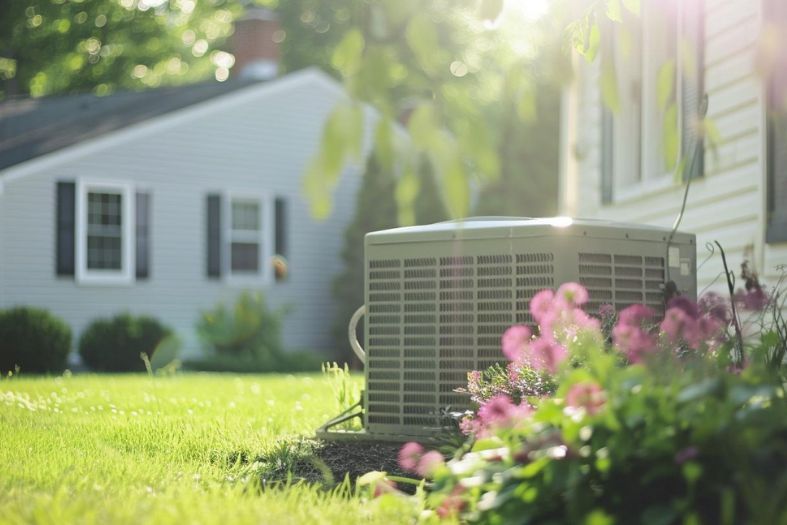
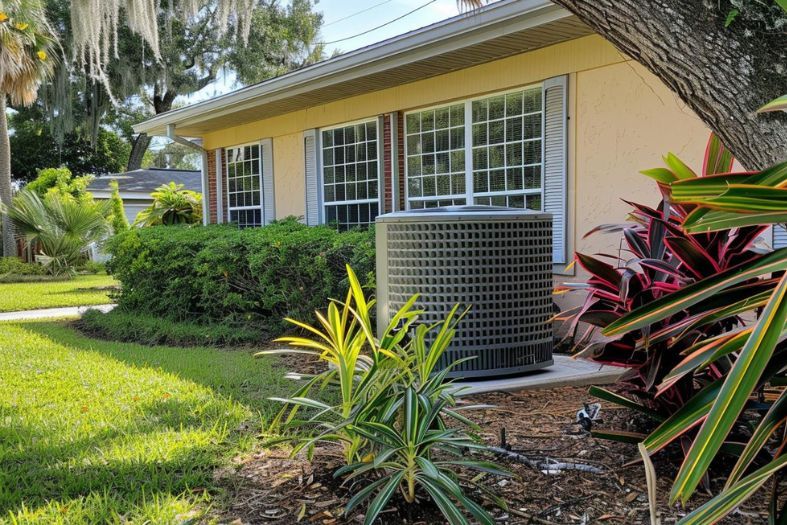

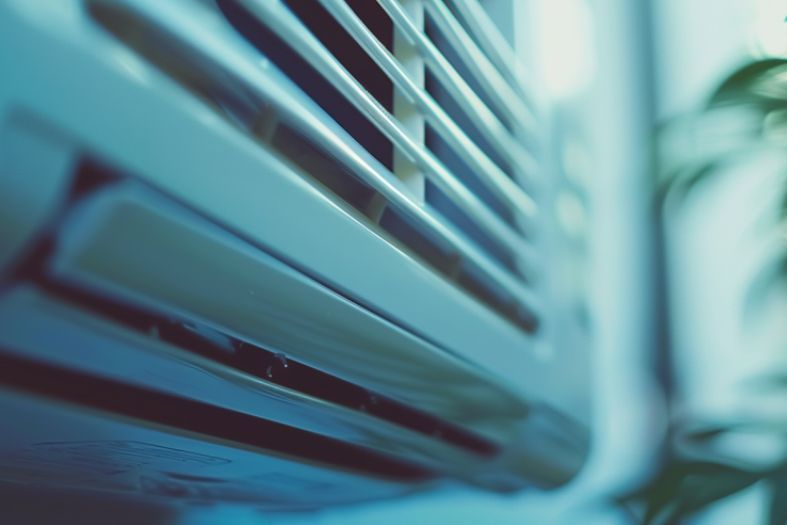

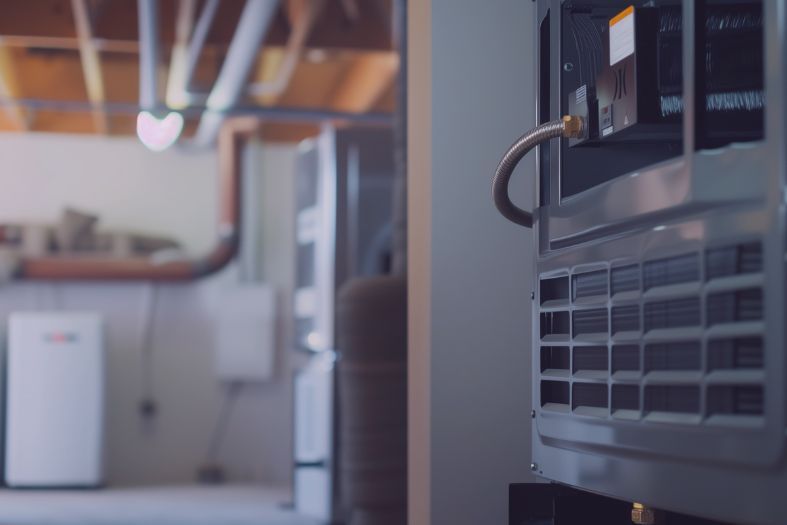
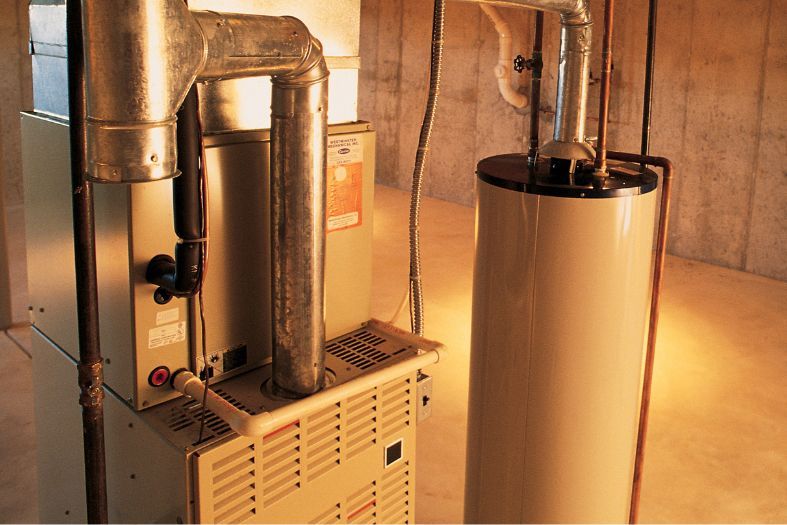

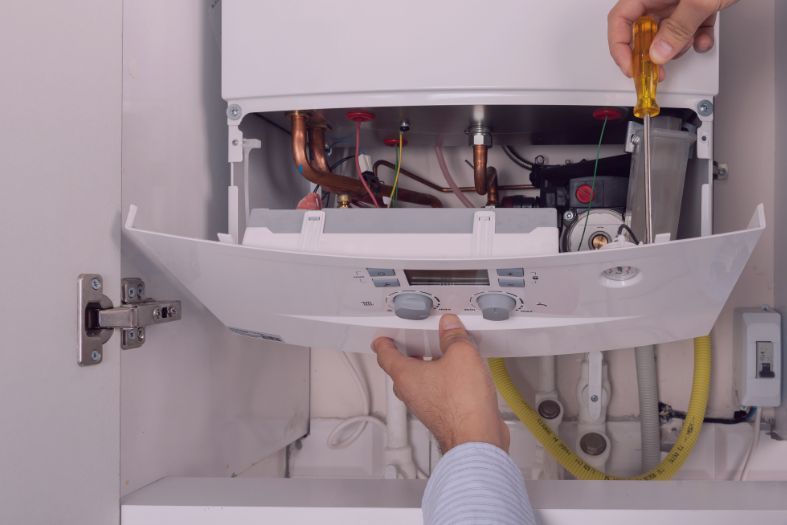
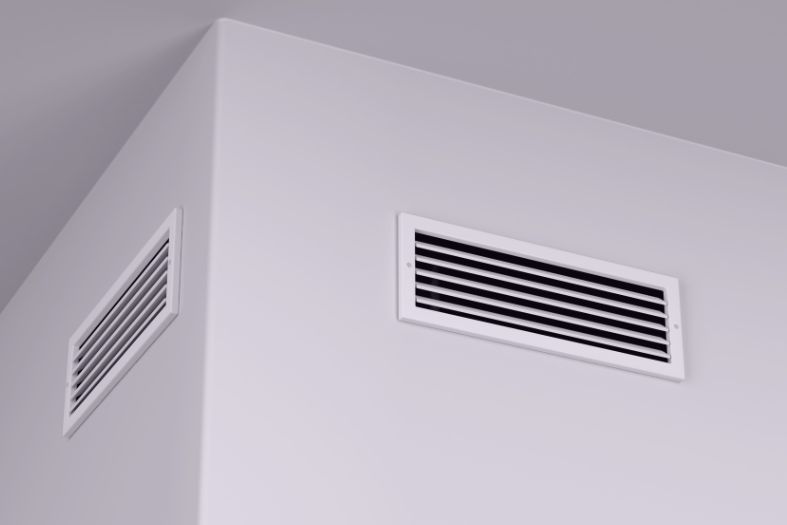
Leave a Reply